
Like the deck of a ship sailing above the landscape, Kielder Observatory is an award-winning astronomical facility and provides astronomers with a permanent facility in the heart of the Northumberland International Dark Sky Park.
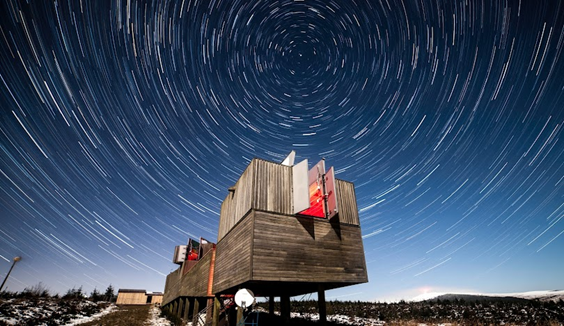
Kielder Observatory was created with the ambition to provide a dramatic yet sympathetic base for astronomers on the high fells overlooking Kielder, constructed mainly from timber, resembles both a pier and a ship. Charles Barclay wanted to create a building that did not carry the design features one might expected in an observatory, particularly domes that might imply that this is a place for specialists.
The Observatory is operated by Kielder Observatory Astronomical Society (KOAS) who have developed an access programme to enable the general public and educational establishments to visit the building, use the astronomical equipment and find out more about astronomy and the dark skies above. Programmes cover all levels of interest and includes both night and daytime events. For further information please visit kielderobservatory.org
OS map re. NY 609933
What 3 Words: trumpet.supplier.assess
Those wishing to visit the Observatory during the day can park in the car park signed from the C200 to Kielder Skyspace and Observatory and walk up the forest road (around 1.25 miles/2 km) taking about an hour. The Observatory deck also offers excellent views.
There is a vehicular barrier beyond the car park just off the C200. You can obtain a key at Kielder Castle to make it possible to drive as far as the Skyspace (approximately 1 mile/1.6 km), however, vehicular access beyond this point is by a further barrier which is only opened when astronomy events taking place.
Kielder Observatory can also be accessed by following the Lonesome Pine red grade mountain bike trail to Skyspace from where you follow the forest road for a further 0.5 miles up the hill.
Kielder Skyspace, a light sculpture by acclaimed American artist James Turrell is passed on the way to Kielder Observatory.
Kielder Observatory was created by Charles Barclay Architects with the ambition to provide a dramatic yet sympathetic base for astronomers on the high fells overlooking Kielder Water & Forest Park. The structure resembles both a pier and a ship and is constructed mostly from timber. Charles Barclay wanted to create a building that did not carry the design features one might expected in an observatory, particularly domes that might imply that this is a place for specialists only, while the facility was specifically created to encourage members of the public to become involved in the science of astronomy.
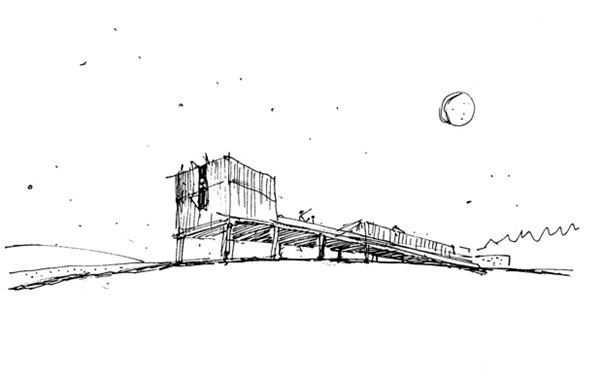
The actual design is more ambiguous, with its square turrets only revealing their purpose once the building is in use, the shutters open and the turrets rotated. In the main part of the building, the shapes of the roof and skirts have been designed to reflect the gradient of the hills that form its backdrop, and the Siberian Larch cladding to slowly change colour to silver-grey like the remains of trees that cover the surrounding landscape.
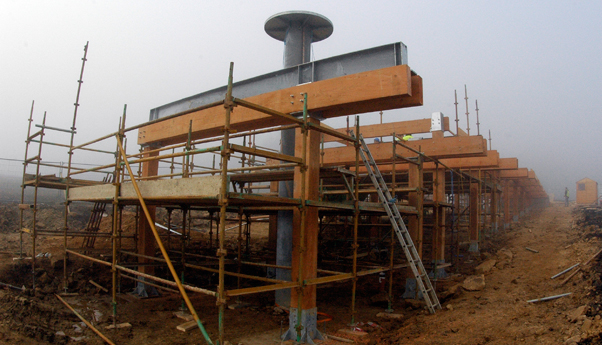
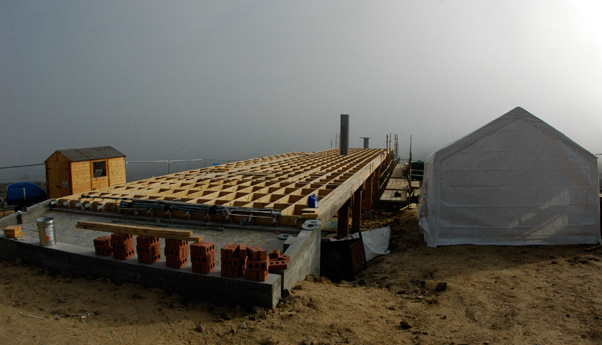

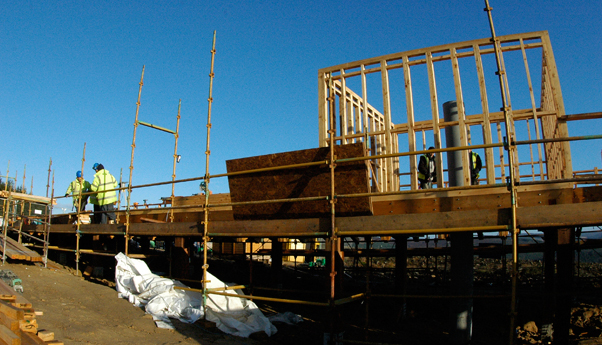
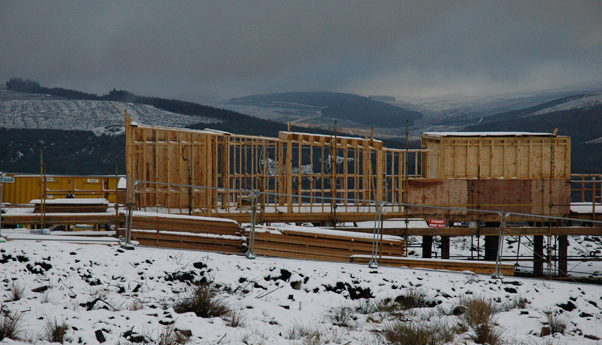
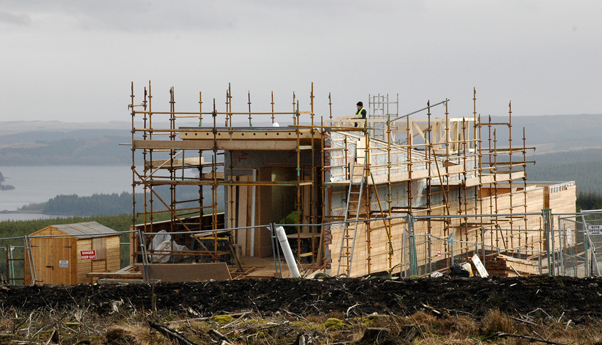
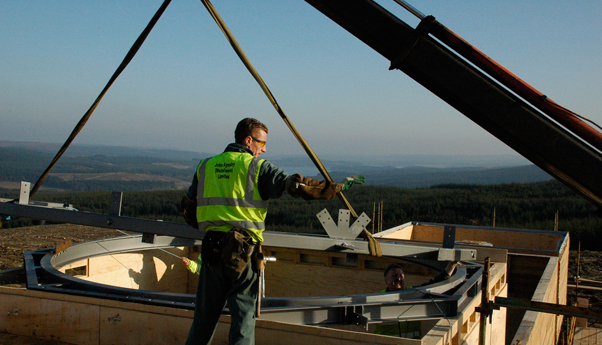
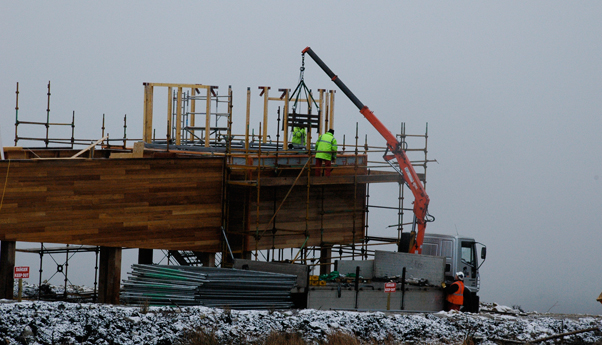
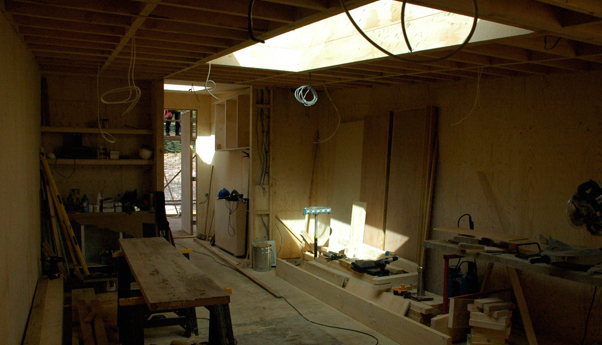
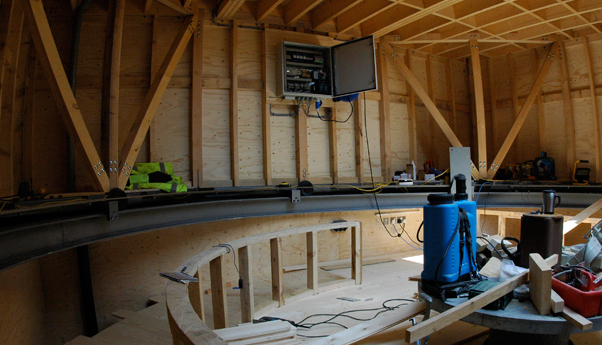
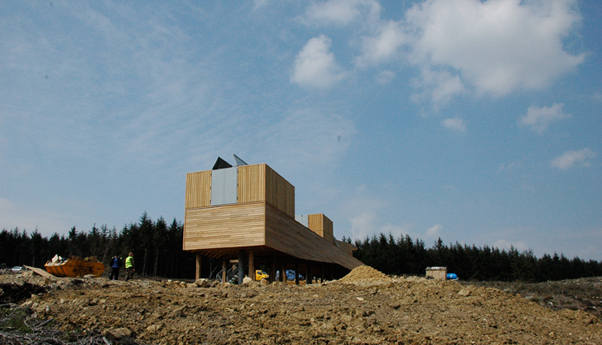
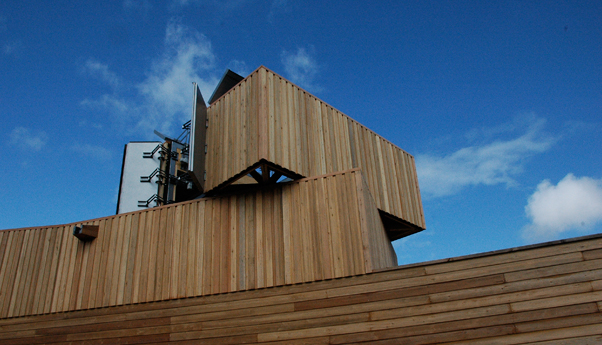
Charles Barclay Architects beat 227 other entrants to win the RIBA (Royal Institute of British Architects) competition set up to select a design team. Since completion, Kielder Observatory has won an RIBA Award, a Civic Trust Award, a Hadrian Award, and a Wood Award.
You can visit the Observatory at any time and walk around the decking - the spectacular views from here are best in summer while the winter nights are darker and better for star gazing. However, the turrets and astronomical equipment can only be accessed during specific events.
Charles Barclay Architects are based in south London and featured in the Architecture Foundation's New Architects 2, a compilation of the best emerging practices in the UK.
CBA's design approach emerges from a careful appraisal of the site, the brief and the clients' aspirations for the project. They are adept at maximising the opportunities for outstanding projects, paying great attention to detail during the construction process and understanding that an architectural project is ultimately judged by the utility, elegance and rigour of the finished product.
Further information on Charles Barclay Architects can be found at cbarchitects.co.uk
